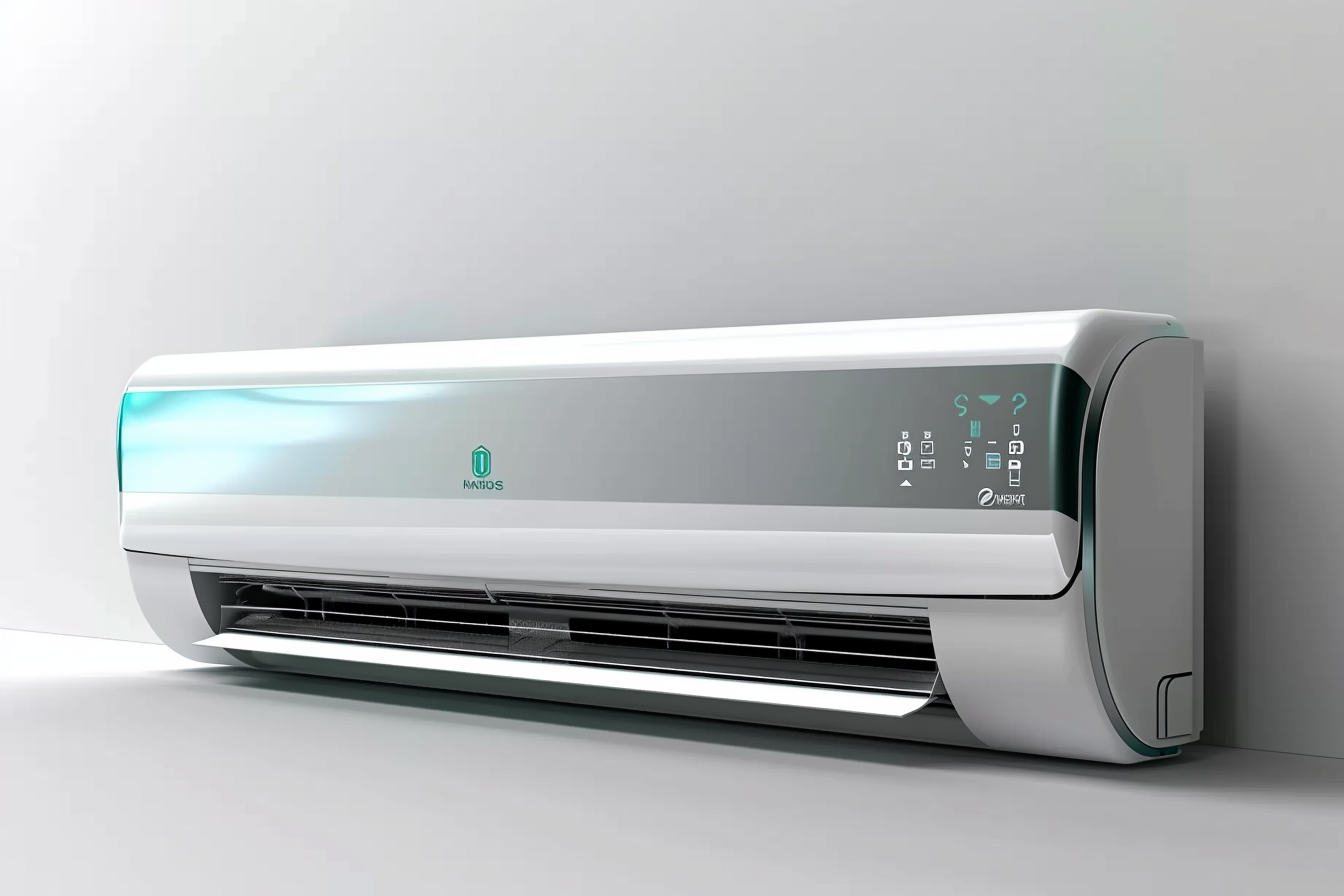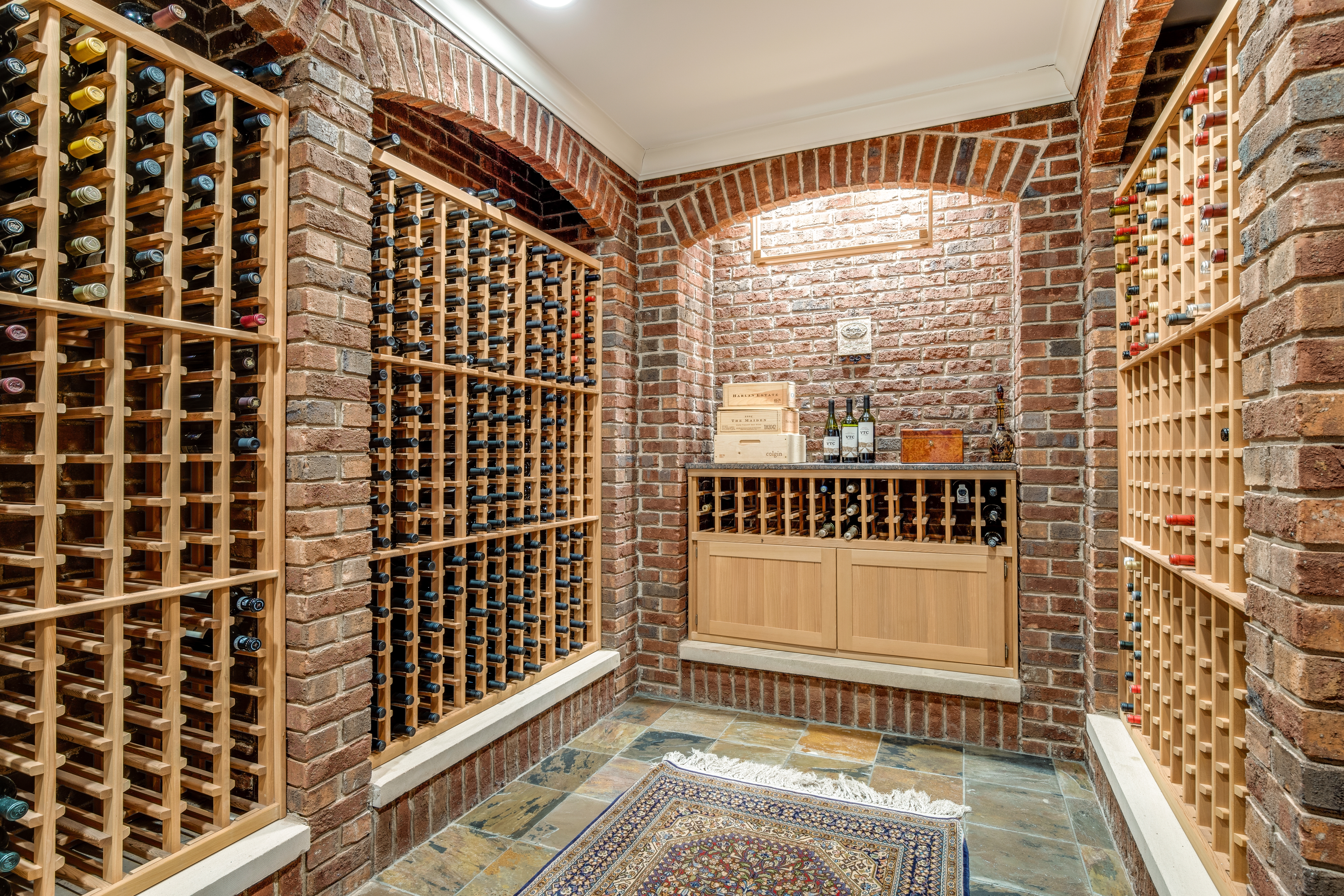Ductless Air Conditioning: The Ultimate Guide to Efficient Cooling Without Ductwork
Ductless AC systems offer energy-efficient cooling without the need for ductwork. Easy to install and ideal for room-by-room climate control, they’re popular in homes, offices, and remodels. Explore how they work and why they may be right for your space.

How Ductless Air Conditioners Work
A ductless air conditioner operates on a similar principle to conventional air conditioning systems but eliminates the need for extensive ductwork. The system consists of two main components: an outdoor compressor/condenser unit and one or more indoor air-handling units connected by a small conduit. This conduit houses the power cable, refrigerant tubing, suction tubing, and a condensate drain. The indoor unit draws warm air from the room, passes it over evaporator coils containing refrigerant, and then distributes the cooled air back into the space. Meanwhile, the outdoor unit disperses the captured heat. This direct cooling approach eliminates the energy losses associated with ductwork, which can account for up to 30% of energy consumption in central air conditioning systems.
Types of Ductless AC Systems
The ductless AC market offers several variations to meet different cooling requirements and spatial constraints. The most common types include:
-
Single-zone mini-splits: These systems pair one outdoor unit with one indoor air handler, making them ideal for cooling individual rooms, additions, or small apartments. Single-zone systems provide targeted cooling exactly where needed without wasting energy on unoccupied spaces.
-
Multi-zone mini-splits: For larger homes or businesses, multi-zone systems connect one outdoor unit to multiple indoor air handlers (typically up to eight). Each indoor unit can be controlled independently, allowing for personalized temperature settings in different areas of the building.
-
Ceiling-mounted ductless units: These air handlers are installed flush with the ceiling, making them less visible and ideal for spaces with limited wall area. They distribute air evenly throughout the room from above.
-
Wall-mounted ductless units: The most common and economical type, wall-mounted air handlers are typically installed high on the wall for optimal air distribution. They’re relatively unobtrusive and easy to install.
-
Floor-mounted ductless units: Resembling traditional radiators in placement, these units are installed at floor level and are particularly useful in rooms with limited wall space or under windows.
-
Concealed duct mini-splits: These hybrid systems use short duct runs to distribute air from a concealed indoor unit to multiple rooms, offering a compromise between traditional ducted systems and ductless technology.
Benefits of Ductless Air Conditioners
Ductless AC systems offer numerous advantages that make them increasingly popular in residential and commercial applications. Energy efficiency stands as one of their most significant benefits—ductless systems can save up to 30% on cooling costs compared to central air conditioning due to the elimination of ductwork-related energy losses. The zone-based cooling approach also contributes to efficiency by allowing users to cool only occupied rooms rather than the entire building.
Installation simplicity represents another major advantage. While central air conditioning systems require extensive ductwork that can be disruptive and expensive to install, ductless systems need only a small hole (about 3 inches in diameter) to connect the indoor and outdoor units. This makes them particularly suitable for older buildings, historic properties, and renovation projects where adding ductwork would be impractical or cost-prohibitive.
Many ductless AC systems also function as heat pumps, providing both heating and cooling capabilities in a single unit. This dual functionality eliminates the need for separate heating systems in many climates. Additionally, advanced filtration systems in modern ductless units can significantly improve indoor air quality by removing allergens, dust, bacteria, and other airborne contaminants.
Choosing the Right Ductless AC System
Selecting the appropriate ductless air conditioner depends on several factors including room size, climate conditions, and specific cooling requirements. For optimal performance, it’s essential to accurately calculate the cooling capacity needed for each space. As a general guideline, you’ll need approximately 20 BTU of cooling power for each square foot of living space.
Consider the climate in your region when selecting a system. In areas with extreme temperatures, look for units with higher SEER (Seasonal Energy Efficiency Ratio) ratings, which indicate better efficiency. For regions with hot summers and cold winters, a heat pump model offers year-round comfort.
Installation location is another important consideration. Indoor units require adequate clearance for airflow and accessibility for maintenance. The outdoor unit needs proper ventilation and protection from extreme weather conditions. Professional installation is generally recommended to ensure optimal performance and to maintain warranty coverage.
Cost Comparison of Ductless AC Systems
When considering ductless air conditioning, understanding the financial investment is crucial for making an informed decision. The table below compares various ductless AC options available in the market:
| System Type | Average Equipment Cost | Installation Cost | Total Average Cost | Energy Efficiency (SEER) |
|---|---|---|---|---|
| Single-zone mini-split | $1,000 - $3,000 | $800 - $1,500 | $1,800 - $4,500 | 16 - 30 SEER |
| Multi-zone mini-split (2-4 zones) | $2,500 - $7,000 | $1,500 - $3,000 | $4,000 - $10,000 | 16 - 30 SEER |
| Multi-zone mini-split (5-8 zones) | $5,000 - $12,000 | $3,000 - $5,000 | $8,000 - $17,000 | 16 - 30 SEER |
| Ceiling cassette ductless AC | $1,500 - $3,500 | $1,000 - $2,000 | $2,500 - $5,500 | 16 - 25 SEER |
| Floor-mounted ductless AC | $1,200 - $3,200 | $800 - $1,500 | $2,000 - $4,700 | 16 - 24 SEER |
Prices, rates, or cost estimates mentioned in this article are based on the latest available information but may change over time. Independent research is advised before making financial decisions.
While the initial investment for ductless systems may be higher than window units or portable air conditioners, the long-term energy savings often offset this cost difference. Most homeowners report a return on investment within 5-7 years through reduced utility bills. Additionally, many utility companies offer rebates and incentives for installing energy-efficient ductless systems, potentially reducing the upfront costs by 10-30%.
Installation Process and Maintenance
Installing a ductless air conditioner is significantly less invasive than installing a traditional ducted system, typically taking only a day or two to complete. The process involves mounting the indoor unit(s), installing the outdoor unit, connecting the two with refrigerant lines through a small wall opening, and making the necessary electrical connections. While do-it-yourself installation kits are available, professional installation is strongly recommended to ensure proper functioning and to maintain warranty coverage.
Maintenance requirements for ductless systems are relatively straightforward. Regular cleaning of the washable filters (typically every 1-2 months) helps maintain efficiency and air quality. Additionally, annual professional servicing is recommended to check refrigerant levels, inspect electrical components, and clean the condenser and evaporator coils. With proper maintenance, most ductless air conditioners have a lifespan of 15-20 years, exceeding that of many conventional AC systems.




